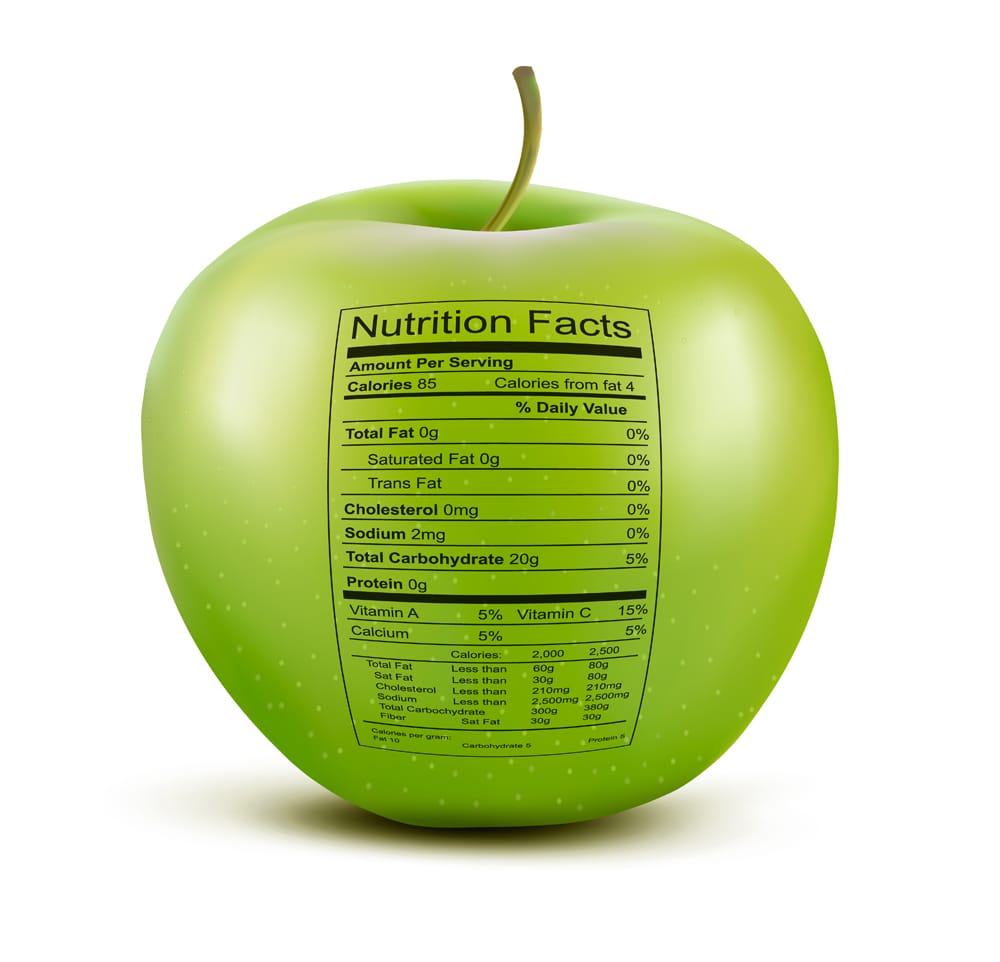Making Sense Of Food Labels
You know you should avoid trans fats. You understand that food that is high in sodium, sugar and low in fiber is something that you should try to strike from your diet, but how can you make sense of it all?
Understanding what is printed on a food label will help you eat healthier meals, perhaps up your fiber content and could help you keep your sodium levels under control. High intake of sodium could lead to high blood pressure.
Here is a quick primer on what all of the facts and figures on food labels mean:
The serving size is one of the most important elements of a food label. Why? Because many of us simply eat too much. For example, most cereals have a serving size of three-quarters of a cup; when is the last time you think you actually ate that amount? It’s easy to eat too much if you’re not measuring or paying attention to serving sizes.
If you eat the serving size that is recommended then you can follow along with the other terms on the label and know that if you eat X serving size you will be getting X amount of sodium, carbs or fiber. In some cases you can tell when you’re eating foods that are high in sodium – pickled foods and bacon for example. But other foods have hidden sodium and it may not even impact the flavor, but you need to make note of it. Adults, who don’t have high blood pressure, should ingest fewer than 2,500 milligrams of sodium per day.
Look at the number of calories in the food you’re purchasing. If you want to lose or maintain your weight you should be keeping track of the amount of calories you ingest. Losing weight involves limiting your caloric intake and/or exercising as a way to burn calories. Ask your doctor how many calories you should be eating per day. 
Carbohydrates include the fiber in the product along with the amount of sugar. Carbohydrates can negatively impact blood glucose in individuals who are diabetic. Natural sugars and grains help make up the carbs in foods.
The fiber content of the foods you eat can increase your satiety levels and make you feel fuller, longer. The fiber is part of the plant food that is not digested. Foods that are high in fiber include legumes, many fruits and vegetables and brown rice. The daily recommended intake of fiber is 25 grams for women and 35 grams for men. It’s rare the individuals in the U.S. ingest enough fiber on a daily basis.
The total fat, trans fat, cholesterol and saturated fats in foods is a label ingredient to check carefully. Trans fats are unhealthy and can lead to clogged arteries or other health issues. Trans fats are also typically found in fried foods. Look for foods that have little to no saturated or trans fats. Also, look for foods that are low in cholesterol.
When you’re reading labels, don’t forget to look for good ingredients such as protein, calcium, iron, vitamins and those that are high in dietary fiber.
Whether you’re trying to lose weight, maintain your weight or simply eat a more healthy diet, you will want to become a label reader. It’s also best to make certain that most of your meals are full of non-processed foods and that you include fresh fruit and vegetables.
- How Seniors Can Feel Empowered in a Digital World with Accessible Technology
- February Is American Heart Month
- Thriving as a New Caregiver: Self-Care Secrets Revealed
- Bridging the Gap: Supporting Seniors Without Nearby Family
- Distance Caregiving Simplified: Modern Strategies for Compassionate Support
FREE BROCHURE Today!
